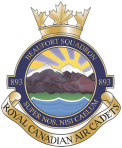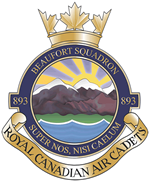Paper Airplane Activity Instruction
- Using the links below, build the three models of paper airplane.
- You’ll notice the three models have differences in their wings and their body sizes.
- Test fly the three different models and compare their performances! Pick up and hold the paper glider by the fuselage (the body of the airplane). Never lift it by the wings, tail or controls as this could change their shape.
- Weight and balance test:
- Using paper clips or other items, place the weight on various ends of your plane’s body
- The more forward the weight, the less distance your plane will travel because it will pitch down
- The more backwards the weight, the more your plane will pitch up then fall to the ground (in aviation we call this a stall
**On actual planes, pilots use what is called a weight and balance envelop to make sure their aircraft will fly safely with the weight of passengers and luggage
**Just like on your paper airplanes, pilots must make sure the weight isn’t too far forward or too far back.
- Calculating the glide ratio:
- Calculating the glide ratio lets glider pilots know how far they can travel. If I am in a glider at 1000′ above the ground how far can I fly before I hit the ground? We need the glider’s glide ratio to figure it out
- For this exercise, you will need to measure how high off the ground your hand is when you throw your paper airplane
- Then, measure the distance the paper plane travels before it hits the ground
- Try repeating this exercise multiple times to get an average distance travelled by your paper plane
**Glide ratios are calculated by dividing the distance travelled in feet or meters by the vertical distance travelled (the initial height of your hand above the ground also in feet or meters)
**For the Schweizer 2-33A glider used in the Air Cadet Program, the glide ratio is 23:1. Which means that for every one foot it goes down vertically, it will travel 23 feet forward (horizontally) - Calculate the glide ratio for your paper plane. How does it compare to the 2-33 glider.
References
Videos of three different aircraft:
Type 1: https://www.youtube.com/watch?v=v29M7Oa1l-A
Type 2: https://www.youtube.com/watch?v=zwiZX5EYI7g
Type 3: https://www.youtube.com/watch?v=3DG2H2-d-jQ
- How did the different designs affect flying performance? Are some designs better at different things?
- How do your designs compare with award winning paper airplanes? (See Red Bull Paper Wings https://paperwings.redbull.com/ca-en/ )
- Have you ever been on an aircraft (a glider or a small airplane) where the pilot asked for your weight or perhaps you noticed the pilot filling in a chart?
- What did you learn from this activity?

